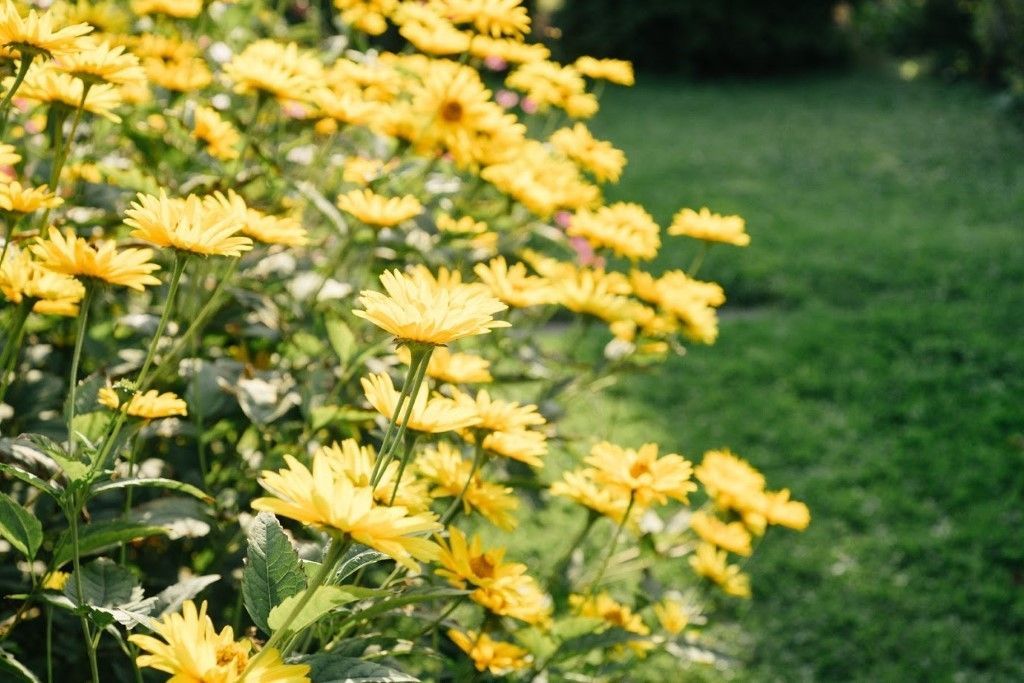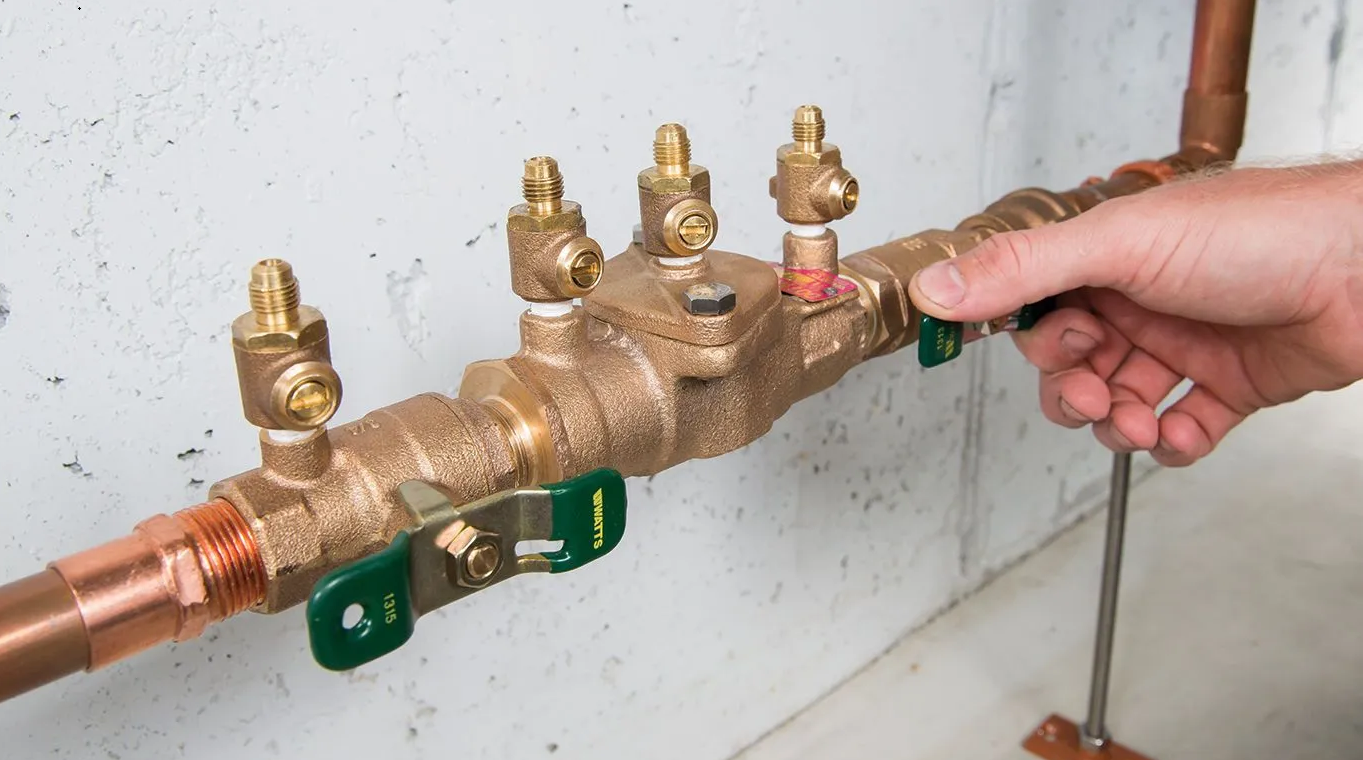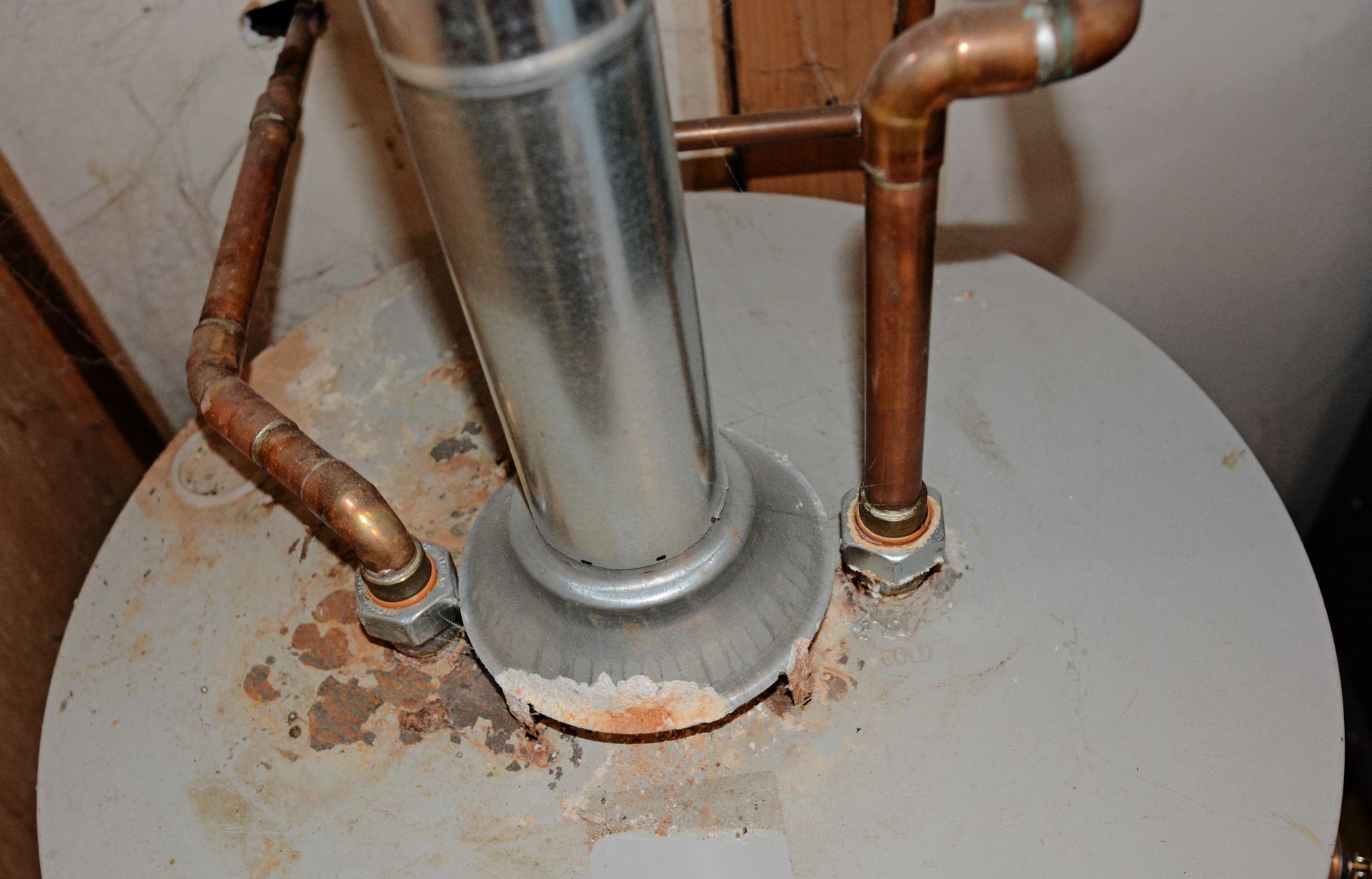What Can You Plant Over Your Septic Drain Field?

Septic system professionals warn property owners not to plant trees too close to their septic drain lines or mounds. Trees send out tiny feeder roots that invade and clog septic drain lines. However, you’re encouraged to establish vegetation over your septic drain area. Here’s what you need to know about plants and your septic system.
Septic-Drain-Field Vegetation Offers Benefits
Bare soil or gravel is not the best ground surface to handle storm runoff, frozen precipitation, or high winds. Storms and other natural forces erode surface soil. Eroded areas may become areas where water pools or excessive soil washes away after every storm.
Plants anchor the soil in place with their roots and weight. Plant roots absorb excess water from storms and keep soil from washing away. Plant foliage above ground collects water to lessen flooding risks.
It’s acceptable and even advisable to grow tall grass, weeds, and other shallow-rooted plants above your septic drain field. Soft, non-woody plants help contain the moisture around the septic field, while the tender plants allow easy access to components of your septic system.
Shallow-Rooted Plants Are Best For Septic Fields
Shallow-rooted annuals and perennials are great choices for the soil absorption field. Annual grasses and flowers die back at frost, so most will not establish extensive roots that invade septic lines. Choose shallow-rooted annual plants that reseed easily, so you don’t need to replant the area every spring.
Perennial plants continue to grow and bloom (if the plants are flowers) each year. Most perennial plants die back in autumn or winter in colder climates and come back in spring from the same roots or tubers.
The following shallow-rooted plants are good choices above the soil absorption field:
- Kentucky bluegrass
- Tall fescue
- Bee balm
- Hollyhock
- Wild violet
- Iris
- Tulip
- Daffodil
Consult your local extension agent or plant nursery professional to learn about native plants that are shallow-rooted and attractive.
Septic-Area Crops Are Unsafe for Humans
Never grow food crops over your septic system’s soil absorption area. A septic field processes human waste, which means bacteria and harmful disease organisms are present in the soil around your septic leach field. Produce from the area around your septic drain field is hazardous, since the veggies can be contaminated with the harmful microorganisms.
If blackberry or other berry plants grow wild over your septic field, don’t eat the berries or allow others to eat the fruit of the plants. Keep your pets away from the septic drain field to restrict them from sampling berries or other food from the septic area.
Other plants to avoid eating or touching from your septic drain area include:
- Mint
- Wild culinary herbs
- Mushrooms
- Plant roots
Basically, avoid eating or touching any plant-based food material from the septic drain area. If you must touch vegetation or produce while maintaining the soil absorption field, wash your hands well with warm soapy water after touching the plant material.
The same caution is advised for ornamental blossoms, blooms, and greenery from the septic drain area. Your soil absorption field plantings may be very attractive and worthy of display in vases. However, the flowers could harbor microorganisms you really don’t want in your home or on your patio.
If you have small children who are attracted to bright flowers, plant more low-key vegetation over the drain field. Grasses and low ground covers are far less tempting to children than bright flowers.
Some Tree Species Are Worse Than Others
Some tree and shrub species need a lot of water to grow tall and sturdy. The trees or shrubs are called hydrophilic plants. Hydrophilic plants are the species most likely to invade your septic system in search of moisture.
Willows, poplars, and maples are examples of trees that have septic-damaging root systems. Poplar roots may spread up to 100 feet from the bases of the trees.
Other tree and shrub species that may invade your septic system include:
- Pussy willows
- Japanese willows
- Aspen trees
- Lombardy poplar
- Birch trees
- Beech trees
- Elm trees
- Sweetgum
- Ash
If any of these trees are growing in the vicinity of your septic system, expect problems with roots in your future. Call a professional tree service to remove any problem trees for you now. Your plumbing service can power rod or hydro-jet your septic lines to help clear roots, and they can also repair any damage to your septic lines from invasive plant roots.
When planning your septic system for a new home, avoid planting the above species of shrubs and trees to lower your risk of future septic line invasions. Any tree you do plant should be located at least 20 to 50 feet away from the septic line. Shrubs should be at least 10 feet away.
If you smell rotten eggs, your toilet is backing up, or your drains are slow, your septic line may be invaded by plant roots. Have your septic lines inspected and repaired. Contact Jim Dhamer Plumbing and Sewer, Inc. today at (630) 964-2222.
The post What Can You Plant Over Your Septic Drain Field? appeared first on .
Leave A Reply
More Posts









